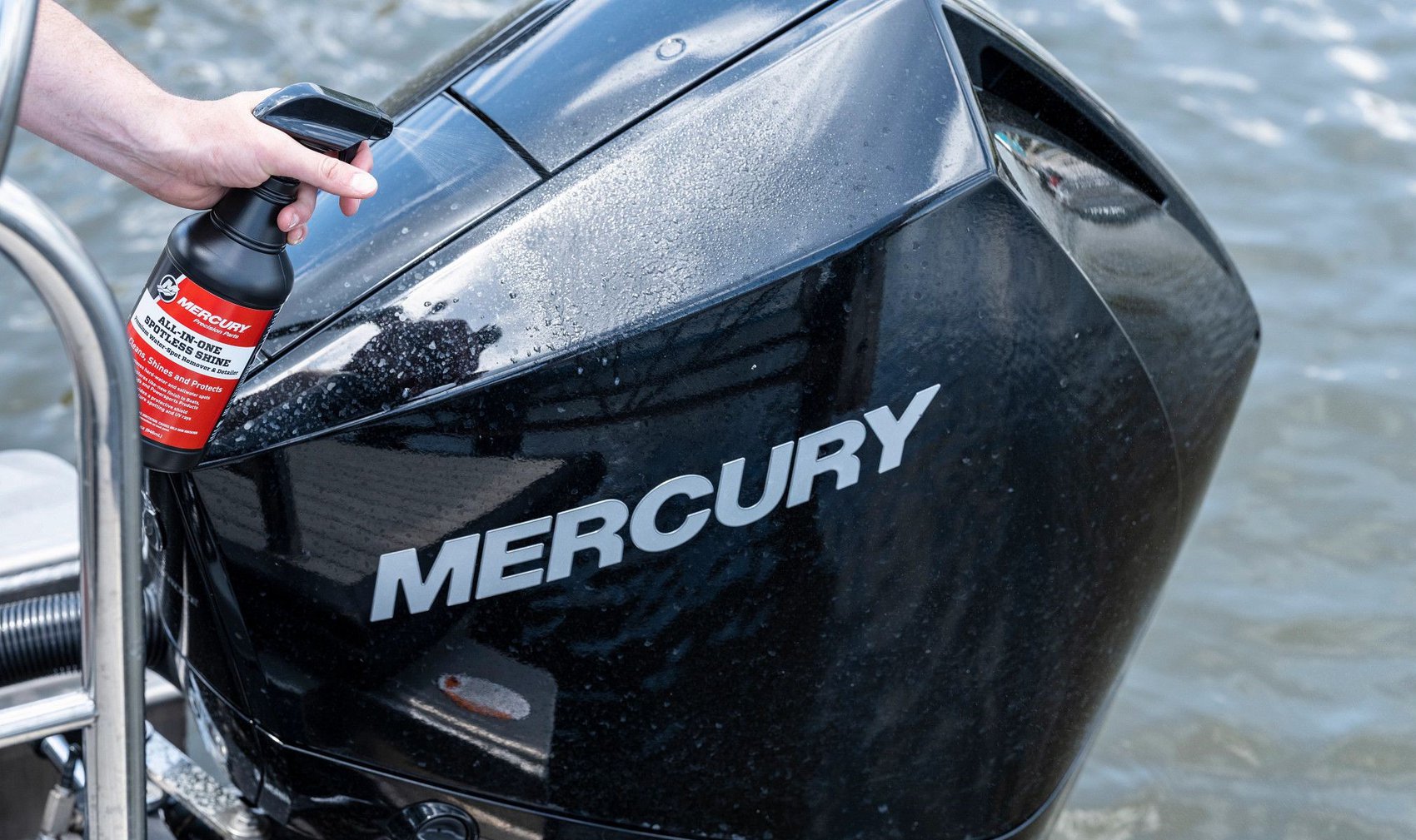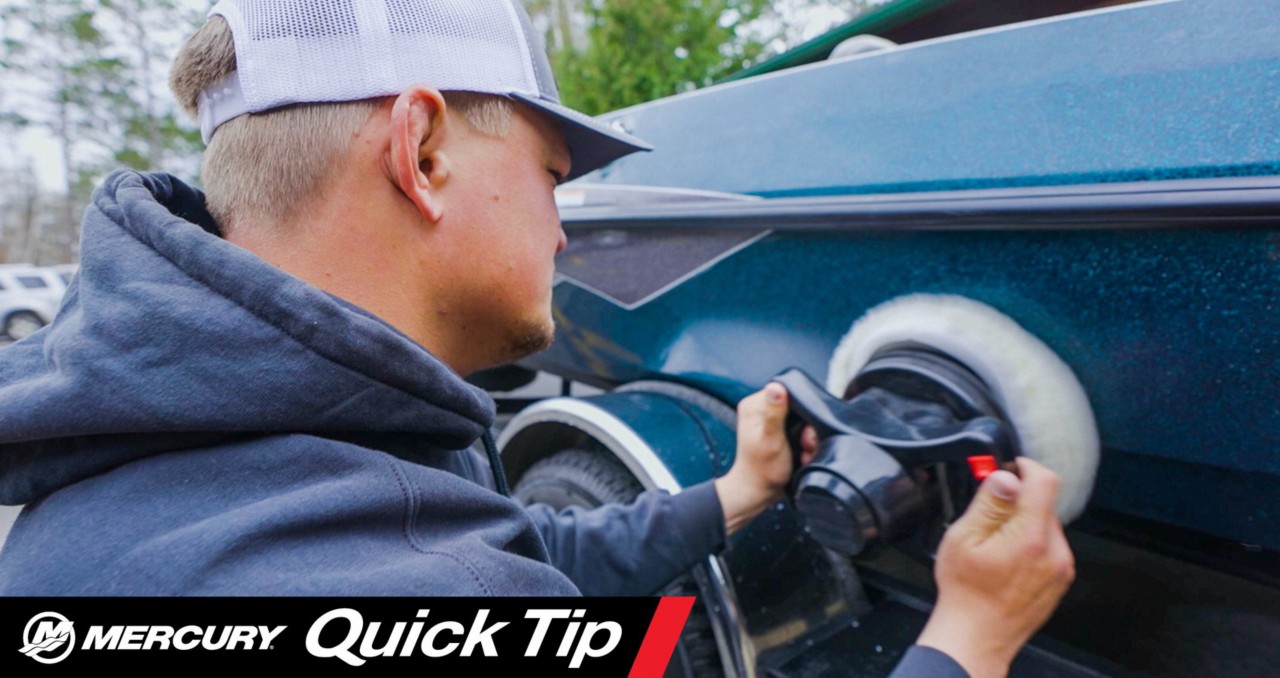Some folks swear that a boat runs better when it’s clean and all shined up.
Or maybe it’s possible that people who keep their boats exceptionally clean also tend to keep everything else about them in tiptop shape. Whatever the motivation, a clean, well-maintained boat is just more pleasant to be aboard, and part of that maintenance includes periodic waxing.
A waxed hull will repel dirt, mud, insects and water stains much better than an unwaxed vessel, and what does stick will be much easier and quicker to wash away at the end of the day. The benefits of waxing your boat regularly are not purely cosmetic, however. Dirt can have a sandpaper effect on your gel coat or paint, and every time you touch or rub a dirty area a tiny bit more of its natural luster is scrubbed away. Over time, this can leave you with a dull surface that’s more susceptible to staining. And you know full well a dull, stained boat will certainly be worth less at resale than a boat whose surfaces have been properly maintained.
This means spending a little time waxing your boat a couple of times a year, or a bit more often for a heavy or extreme-condition user. Not to worry, it’s not at all difficult and this Mercury Quick Tip Video will walk you through the steps.
First, you’ll need a few items:
- A handful of clean microfiber cloths
- Liquid wax, preferably one formulated especially for boats
- Optional power buffer and pad, available online from big box stores or from marine retailers for as little as $40
- Water source, such as a garden hose and spray nozzle
Now you’re ready to get to work:
- If your boat is clean, you’ll just need to give it a good rinse to remove any residual dust and dirt. If it’s not clean, you should thoroughly wash it before moving on to step two. Never attempt to wax a dirty surface as you will be rubbing the surface with grit and grime under your buffer with a predictably terrible outcome.
- Use a microfiber cloth to dry all surfaces you intend to wax, including the crevices next to any hardware and the rub rail.
- Apply wax to a fresh cloth.
- Using a circular motion, lightly apply wax in small sections. Alternately, you can put the wax directly on the buffer pad and dab it on the hull. Whichever method you choose, work in small sections – perhaps 2 to 3 feet wide – to keep the wax from drying too much before buffing.
- Using light pressure, work the buffer across the surface of the waxed section. Let the buffer’s motor do the labor, but make sure you pass it over every bit of the section you are working for a clean, uniform finish. If you don’t have a buffer, you can accomplish similar results by using a microfiber cloth to wipe the surface to a high-gloss shine.
- Move on to the next section and repeat process – overlapping slightly each time – on the entire boat.
So, there you have it: a sparkling finish that will remind you of the day you brought your boat home from the dealership. And while there’s no evidence to support the theory that a boat runs better purely because it’s clean, one thing’s for certain: It can’t hurt.




